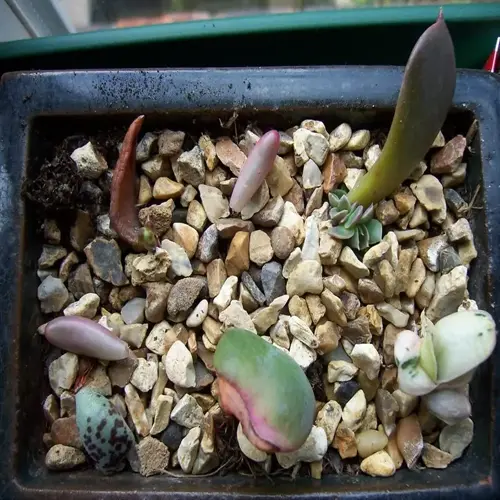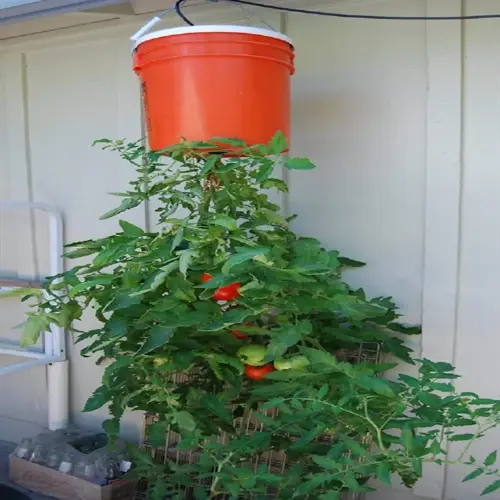What are optimal planting times for Swiss chard?

Written by
Nguyen Minh
Reviewed by
Prof. Samuel Fitzgerald, Ph.D.The art of timing is critical in the successful production of Swiss chard. The correct planting time frames correspond with soil temperatures of 50°F in the spring and during the fall cooling period. I have found that the proper timing can help you to avoid bolting while optimizing leaf yield. If you follow these reliable guidelines, you will be able to harvest Swiss chard continuously from early spring until the early fall frosts.
Spring Planting
- Sow seeds 2-4 weeks before last frost date
- Soil must reach consistent 50°F (10°C) minimum
- Use cloches for early starts in cold regions
Fall Cultivation
- Plant exactly 10 weeks before first frost
- Prioritize cold-tolerant varieties like Fordhook Giant
- Mulch heavily after germination to retain soil warmth
Succession Sowing
- Reseed every 3 weeks from spring to midsummer
- Stagger plantings 10 feet apart for pest management
- Record sowing dates to track maturity patterns
Preparing the soil has a direct relation to how successful the germination will be. I till the beds to a depth of 12 inches and incorporate 3 inches of compost. If you're planting in the fall, you may want to make soak trenches to collect the autumn rains. A digital probe thermometer is best used to check the soil temperature, ensuring you sow into a consistent 50°F, which will produce rapid emergence within the 5-7 day range.
Succession planting keeps crops available all the time, spending your most time sowing transplants each row every 21 days from April until August to create time between generations of plants. Use a calendar to keep those dates consistent. This process provides you with fresh greens every week and does not result in excessive harvests.
Identify and correct planting problems as they occur. For instance, if seeds are slow to germinate, it means the soil is cold, so consider using black plastic mulch. If the plants aren't growing well, they have a nutrient deficiency, so side-dress with compost. I have a garden journal that documents the health of each planting, which helps me determine better timing for the next season (and beyond).
Read the full article: How to Grow Swiss Chard Successfully

